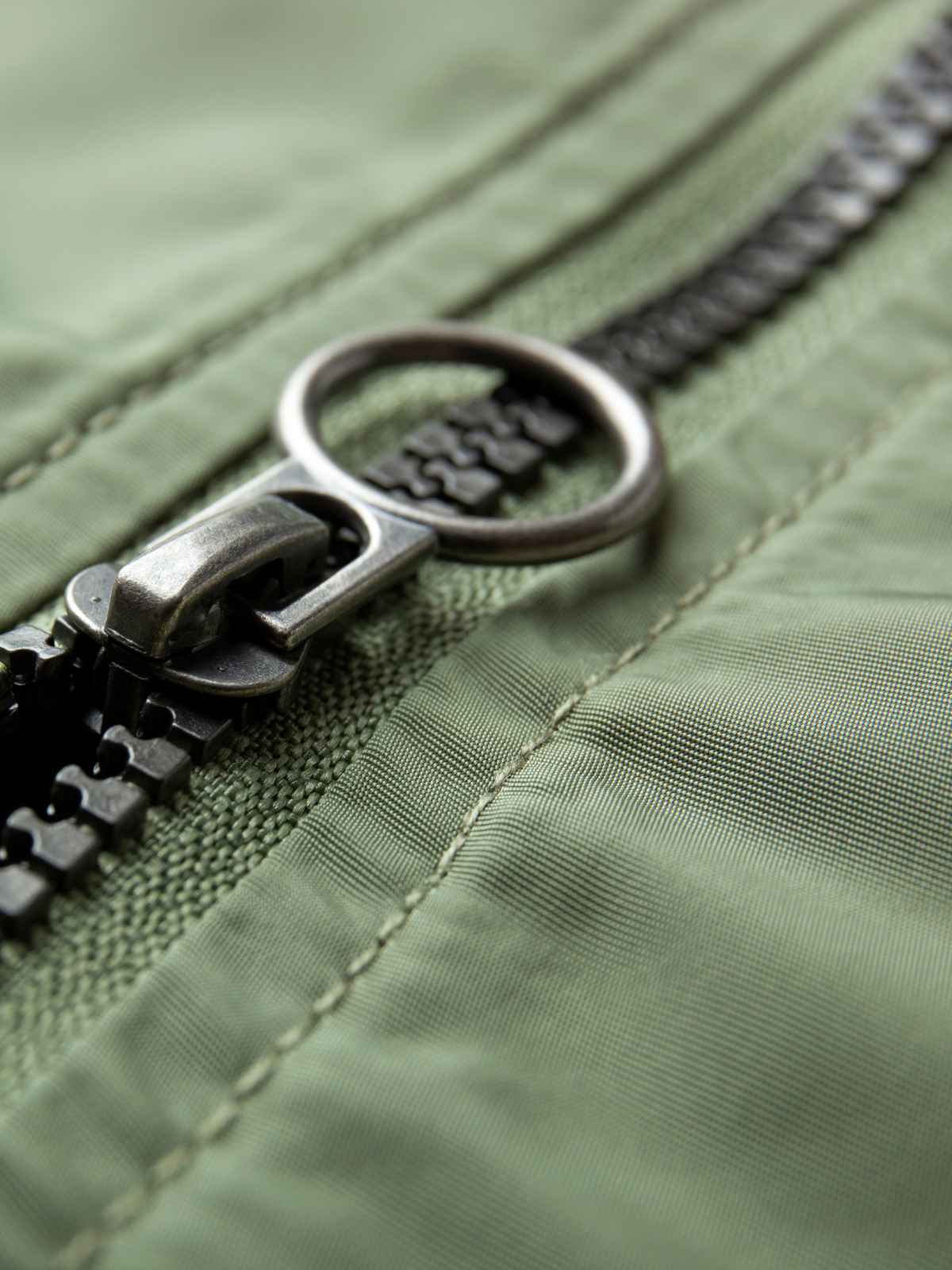While hemp makes up a small percentage of the fibre market, climate activists and designers are excited about its potential to address fashion’s carbon impacts. Here’s why a crop with a complicated history is getting serious attention.
Hemp has a lot of environmental perks
Hemp is often cited by sustainable fashion advocates as a fibre of the future because it can drive positive outcomes for the land where it’s planted. In the right region, it grows with minimal inputs like fertilisers and pesticides, and without irrigation. It also has wild potential for carbon sequestration and soil health. But it makes up a very small percentage of the fibre market and its capacity to be used as a mainstream textile remains relatively untested.
This makes it something of an enigma, which is intensified by its complicated history. For a long time, because of its close relationship to marijuana (they are both part of the cannabis family), growing hemp was prohibited across much of the Western world and was only removed from the UN’s Schedule IV Prohibition in 2020.
Hemp is a bast fibre like flax, but it grows up to four times as tall, so it completely dwarfs any farmers who walk beside it. Hemp plants are long and straight with hollow woody stalks. Industrial hemp is naturally insect resistant so it requires no pesticides, and its rapid canopy growth suppresses weeds so it doesn’t require herbicides. It is so robust that it is relatively resistant to frost and can grow in diverse soil types. It actively improves soil structure because its long roots can tap into sub-soil nutrients that other plants can’t access.
Because hemp grows so fast, so tall, and in such high density, it is considered one of the most efficient commercial crops for carbon sequestration.
All of this sounds pretty incredible, but what has climate activists and sustainable designers most excited is hemp’s potential to sequester carbon.
While it’s growing, like all plants, hemp absorbs carbon and stores it as biomass. But because hemp grows so fast, so tall, and in such high density, it is considered one of the most efficient commercial crops for carbon sequestration. The CO2 is permanently bonded within the fibre and whatever material it is turned into. Hemp reaches its full height in just days, and because it’s possible to grow two crops per year, that rate of carbon absorption can be doubled.
A complicated history: hemp and the ‘war on drugs’
Hemp cultivation dates back at least 12,000 years. It’s considered one of the earliest domesticated crops and, because it is extremely versatile, it quickly spread across the globe.
Historical records suggest the Chinese cultivated it for fibre, seeds, and oil 4500 years ago. In the early Christian era, hemp spread throughout the Mediterranean, and by the Middle Ages it had reached the rest of Europe.
In the 1500s it was planted in Chile, and 100 years later in North America. Hemp paper is said to have been used for important texts like early bibles and laws. As the European powers battled for nautical supremacy in the 17th and 18th centuries, hemp was vital as it made excellent ropes, sails, rigging, ladders, lanyards, and fishing lines. It was a widespread but relatively ordinary crop for thousands of years until the 20th century, when its popularity began to decline with the rise of petrochemicals, synthetic fibres, and cotton.
This slowdown culminated in a strange twist when, in 1937, the Marihuana Tax Act was passed in the United States and suddenly growing hemp was illegal in America. The act was part of a crackdown on drugs, and was reinforced by the Controlled Substances Act in the 1970s.
Hemp’s inclusion is thought to have been because of confusion on the part of US lawmakers who couldn’t distinguish it from its sister plant, marijuana.
The key distinction between the two plants is that hemp does not have psychoactive properties. The chemical in marijuana that gets people high is called tetrahydrocannabinol (THC), and while it is found in hemp, it’s at tiny percentages (the international legal requirement is between 0.3–1%) compared to marijuana, which has THC levels of about 20%.
Once the laws were passed, hemp was no longer regulated in the US by the agricultural sector but by the federal Drug Enforcement Agency (DEA). This change in classification spread around the globe and hemp farming was banned in most Western countries. Despite having cultivated it for thousands of years, China also banned it in 1985.
In the 1990s, attitudes towards hemp and its classification as an illicit substance were reassessed as concern for the environment and consumption of natural resources led industry and government to consider alternative fuel sources. In 1992, France, the Netherlands, England, Spain, and Germany legalised the commercial cultivation of low-THC hemp, followed by Canada in 1994 and China in 2010. Commercial cultivation of hemp remained illegal in the United States until 2018, when the Farm Bill was passed.
Regenerative fashion and a positive way forward
Hemp has enormous potential. Farming it improves soil health and yields for the crops that follow it. If farmers can figure out a way to integrate livestock that won’t destroy the hemp crop, but instead assist in clearing the field after harvest and prepare it for planting, there is potential to reduce tillage too, thereby improving the soil even further.
If processing innovations and infrastructure can catch up, hemp has the potential to live up to its reputation as a fibre of the future and drive positive outcomes for landscapes and farmers.
Hemp provides an interesting way to explore the three different areas that need to function together if fashion is to change and move forward in a positive way.
If processing innovations and infrastructure can catch up, hemp has the potential to live up to its reputation as a fibre of the future and drive positive outcomes for landscapes and farmers.
The first is how changes to farming certain fibres can have a positive impact on the land by improving soil health, biodiversity, ecosystem functionality, and water cycles—which hemp has great potential to do via its innate characteristics. This alongside the continued education of farmers willing to embrace regenerative techniques and grow it in accordance with these principles.
The second is advances in processing infrastructure and technologies towards best practice like renewable power sources, closed-loop processes, or other careful management of chemicals and waste, alongside fair wages and working conditions for the people working in the factories.
The third is less clear-cut: the dilemma posed by centralised offshore manufacturing versus a return to local industry. It is something that comes up again and again in regenerative fashion conversations. In a perfect world, local industries all over the world would still be thriving; the knowledge and skills to process the produce of local farms would not have been forgotten; mills would have remained operational with technology and techniques that continued to advance, and the unchecked exploitation of people and the environment would never have happened.
The smartest thing to do is to embrace as much best practice and transparency along existing manufacturing and processing facilities as possible, while encouraging both private and public investment in local infrastructure, legislative changes to support this, and training all over the world.
Because what better time than now to start decentralising fashion’s supply chains and look forward to a very different future for the fashion industry?




















